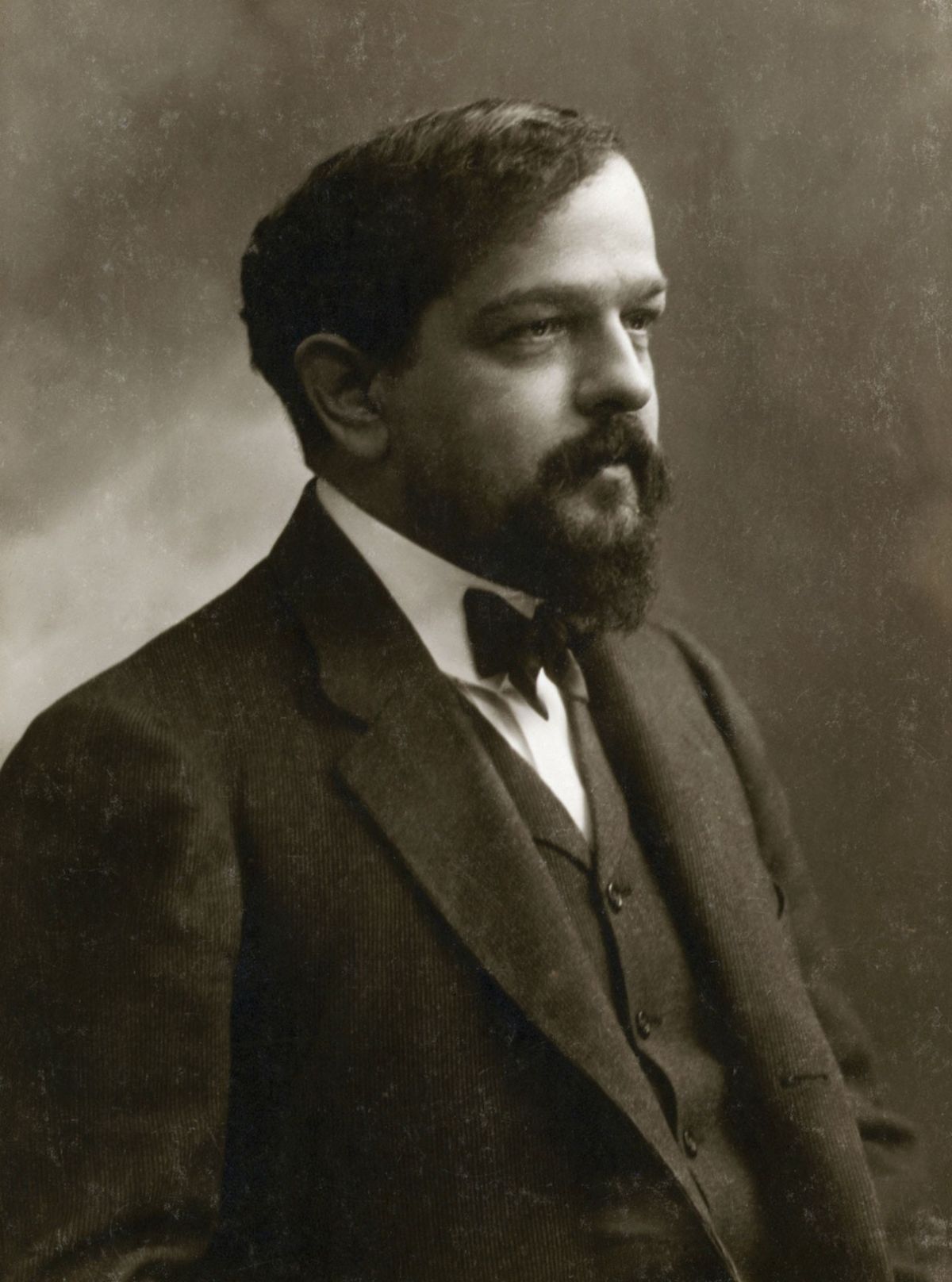Put your tedious exercises to one side and use these beautiful pieces to practise your technique.
Practising endless repetitive technique exercises can often take the fun out of our learning, so why not use sections of your repertoire as an alternative way of enhancing specific techniques? We’ve gathered a selection of pieces that will help develop specific skills.
1. Menuet in G minor (BWV Anhang. 115) – J.S Bach
Find the sheet music here

Suitable for
Beginners
Will improve your
Fingering
Finger arching
Wrist strength
Rated at grade 2 standard by the London College of Music examinations board, this exercise is perfect for beginners.
Practise each hand separately, making sure to arch your fingers like the diagram below. This is important for the health of your wrists and fingers. Slacking your fingers will overwork them and will cause strain. Make sure they are in a strong and steady position before practising. Here are 3 reasons why the finger arching technique below is the key to solving your piano playing problems.
In addition, the pattern of the fingering creates the ideal wrist movement. This is due to the lack of any large jumps between notes. In order to protect your wrists from damage, work on creating a circular motion in your wrists. Let’s take bar 1 as an example:
As you move through the bar, you will see your hand complete the bottom curve of the wrist movement. For note 1 of bar 2, you will see the circular motion approaching completion as your hand reaches up slightly. Try it yourself!
Check out teacher Graham Fitch's lesson on wrist technique below.
2. Etude No 11 pour les arpèges composés in Ab – Claude Debussy
Find the sheet music here

Suitable for
Intermediate
Will improve your
Sight reading
Syncopated arpeggios
Hand positioning
The word arpeggios derives from the Italian word arpeggiare, which means to play on a harp. Arpeggios do of course making up the majority of harp-based music.
Here we have the example of the first 4 bars of Etude no.11: Pour les arpèges composés by Claude Debussy.
These 2 bars are fantastic practice for your sight reading and concentration levels. Before you begin any piece, make sure you mentally note down the key, time signature, dynamic style and clef. Notice how both staves use the treble clef in this example. Also, notice the extra flats featured in the second bar.
This example is also a brilliant syncopated arpeggio exercise. Fittingly, the name of the piece translates to for compound arpeggios. ‘Compound’ is certainly the right term to use here!
Let’s start with bar 1. We suggest 3-5-4-2-1 for the fingering of each sextuplet. As you reach the top Eb note, you may be tempted to over-rotate your wrist before you begin your descent down through C-F-C. Try to maintain a steady flow of your wrist in order to prevent strain from over stretching.
Before you begin playing bar 2, practise the syncopated rhythm by tapping your fingers on any surface – triplets in your right hand, and a straight 4/4 rhythm in your left. When you return to the piano, practise hands separately, focusing on the extra flat notes. As you begin to practise both hands together, start slow before gradually increasing your tempo.
3. Nocturne in C# minor, B.49 – Frédéric Chopin
Find the sheet music here

Suitable for
Intermediate to advanced
Will improve your
Trills
Co-ordination between hands
Multiple rhythms
3 demanding techniques squeezed into 4 bars. Chopin certainly liked to challenge himself when writing!
Let’s start with this trill exercise in bar 13. The first challenge here is trying to keep your left-hand arpeggios in time as you play the trill in the right hand. The second challenge is ending your trill in time to play the four semi-quavers (sixteenth notes) that complete the bar.
Here is our suggestion:
- Play the right hand on its own at your own pace.
- Now, pair your right hand up with some of the left hand - start by only playing every other note of the arpeggios as crotchets (quarter notes) on the beat. For example; C# - A# - C# - D#. This will allow you to perfect the timing of your trill, and the transition to the sixteenth notes.
- Your final step is to play both hands together as written.
Let’s look at the next two bars, which will help with your hand co-ordination and your ability to play multiple rhythms.
This passage of music is one of Chopin’s most famous. The piece uses 4/4 time, which is cemented in the left-handed arpeggios. In the right hand, we can see two lots of triplets, followed by a quintuplet and a sextuplet. Let’s break down each of these and practise them separately:
- Beats 1 & 2 - Each set of triplets fit into 1 beat each. The key is to sandwich the second arpeggio note in between the second and third notes of the triplet. The second set of triplets then begins again at the start of beat 2. Start your exercise by playing this short, 2-beat passage until you are comfortable with it.
- Beat 3 – The quintuplet fits into 1 beat. Similarly, you will need to sandwich the second arpeggio note in between the third and fourth notes of the quintuplet this time. Practise this short passage until you have nailed the timing.
- Beat 4 – This sextuplet works similarly to the triplets in beats 1 and 2. Again, practise this short passage until you are comfortable.
- Now, you can attempt to play the whole bar. Start off at a very slow tempo, making sure to focus hard on your timing. Gradually increase your tempo as your comfortability increases.
Want to add some creativity to your scales as well? Read these 5 professional tips on how to nail your scales








